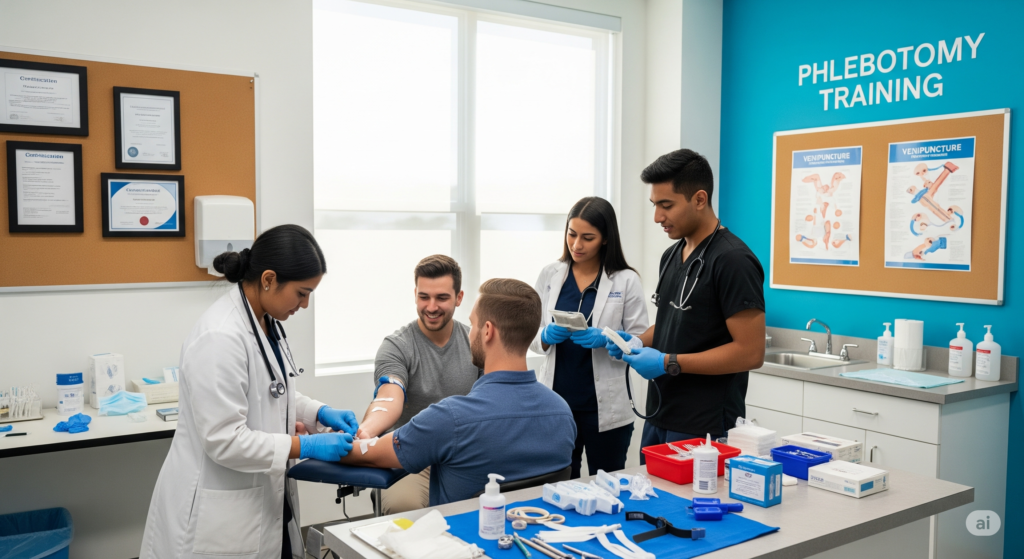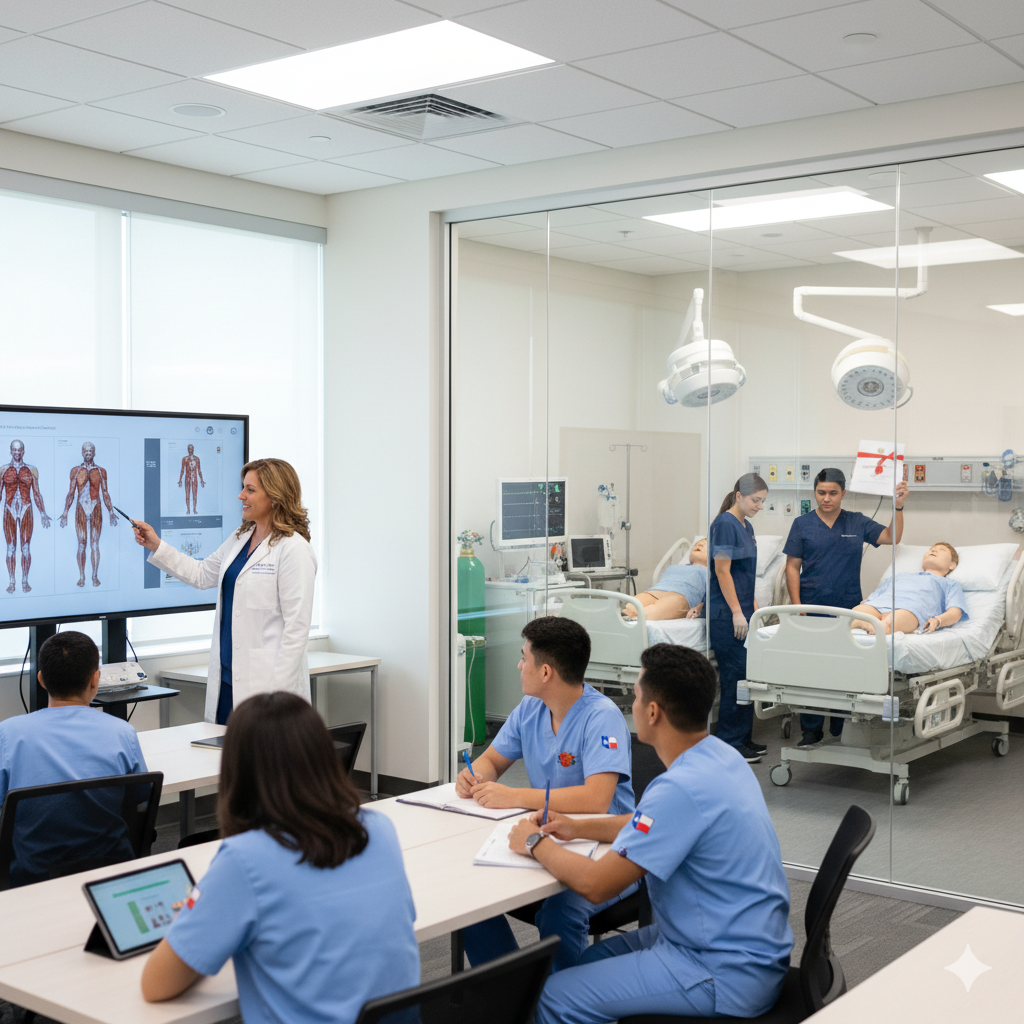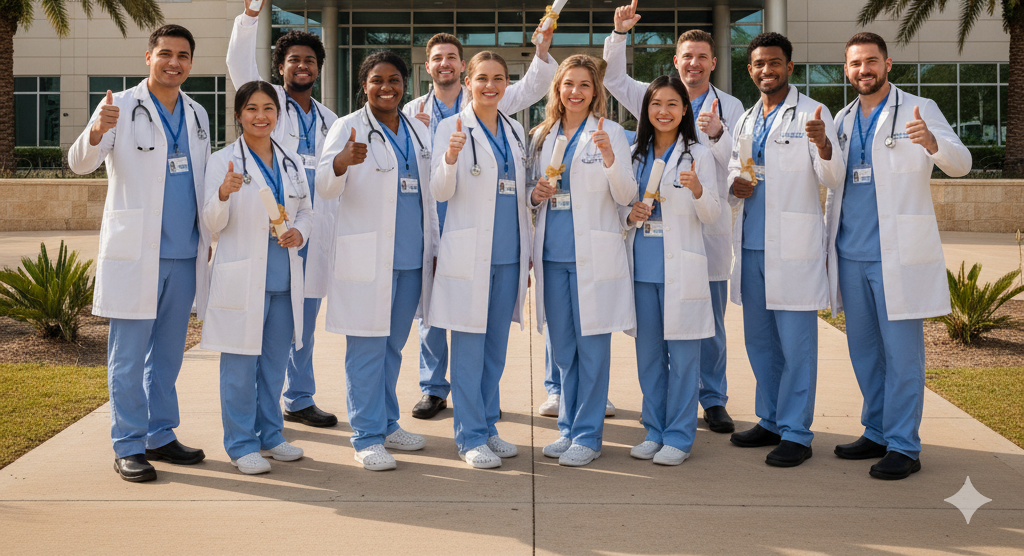Breaking into the healthcare field can feel challenging, especially when you don’t know where to begin. Some careers require years of study, while others need significant financial investment. If you’re looking for a fast, affordable, and rewarding entry point into healthcare, phlebotomy certification might be the perfect choice.
At Solomon’s Healthcare Academy (SHA) in Texas, we believe that phlebotomy is not just a technical skill—it’s the foundation of a meaningful healthcare career. Our Phlebotomy Technician Program is designed to equip students with the knowledge, clinical practice, and confidence they need to succeed in today’s growing healthcare industry.
What Exactly is Phlebotomy?
Phlebotomy is the process of drawing blood from patients for testing, transfusions, donations, or research. It may seem simple, but phlebotomy is one of the most important medical procedures in modern healthcare.
Every year, millions of blood tests are performed to diagnose illnesses, monitor treatments, and save lives. Without skilled phlebotomists, these critical procedures would not be possible.
A certified phlebotomist technician not only masters venipuncture but also ensures patient comfort, maintains safety standards, and handles specimens with accuracy and care.
Why Start with Phlebotomy Certification?
1. Quick Entry into Healthcare
One of the greatest benefits of becoming a phlebotomist is how quickly you can begin working. While other healthcare careers may take years of education, phlebotomy certification at SHA can be completed in a matter of weeks or months, depending on the program. This allows you to earn credentials and start earning faster.
2. Strong Job Outlook
According to the U.S. Bureau of Labor Statistics, employment for phlebotomy technicians is expected to grow 8% through 2032, which is faster than average compared to other careers. Hospitals, diagnostic labs, physician’s offices, and blood donation centers are always in need of skilled professionals.
3. Affordable Career Path
Unlike degrees that require years of tuition, phlebotomy programs are budget-friendly. SHA offers affordable tuition and flexible payment options, making it accessible for anyone ready to start their healthcare journey without overwhelming student debt.
4. Gateway to Other Healthcare Careers
For many, phlebotomy is the first step into a lifelong healthcare career. After gaining work experience, phlebotomists often move on to nursing, medical laboratory science, or advanced clinical roles. Phlebotomy is the perfect “foot in the door” to healthcare.
5. Patient Interaction and Care Experience
Phlebotomists are often the first and last point of contact for patients during their medical visits. This gives you the opportunity to develop people skills, empathy, and bedside manner—qualities that are invaluable in any healthcare profession.
What You’ll Learn in a Phlebotomy Program at SHA
At Solomon’s Healthcare Academy, we don’t just teach you how to draw blood—we prepare you for real-world success. Our program includes:
Venipuncture Techniques – Master multiple blood-drawing methods, including butterfly, syringe, and vacutainer.
Safety & Infection Control – Learn to maintain the highest safety standards to protect patients and healthcare workers.
Specimen Handling & Lab Procedures – Understand how to properly label, store, and transport samples.
Patient Communication – Develop the ability to keep patients calm and comfortable during procedures.
Exam Preparation – Get fully prepared to sit for national certification exams.
With hands-on training and clinical practice, SHA students graduate ready to step confidently into the workforce.
Career Opportunities with Phlebotomy Certification
A certified phlebotomist can work in a wide range of settings, including:
Hospitals – Supporting patient care and diagnostics.
Diagnostic Laboratories – Collecting samples for testing.
Physician’s Offices & Clinics – Assisting with routine patient care.
Blood Donation Centers – Ensuring safe and efficient blood collection.
Research Facilities – Helping with medical and scientific studies.
Phlebotomy also provides flexibility. Some professionals work full-time, while others enjoy part-time or per-diem schedules that allow for work-life balance.
Benefits of Choosing Solomon’s Healthcare Academy
When you choose SHA for your phlebotomy certification, you’re not just signing up for a class—you’re joining a community dedicated to your success.
✅ Expert Instructors – Learn from experienced healthcare professionals.
✅ Hands-On Clinical Training – Practice in real healthcare environments.
✅ National Certification Preparation – Graduate fully ready to earn your credential.
✅ Job Placement Support – SHA has strong connections with employers across Texas.
✅ Flexible Learning Options – Programs designed to fit your lifestyle.
Who Should Consider Phlebotomy Certification?
This program is ideal for:
High school graduates exploring healthcare careers.
Career changers seeking fast entry into a growing field.
Pre-med or nursing students wanting patient-care experience.
Anyone passionate about helping people while building a stable career.
Take the First Step Into Healthcare Today
Phlebotomy isn’t just about drawing blood—it’s about opening doors. Whether your goal is to work as a phlebotomist or to use it as a steppingstone to other careers, this certification provides the perfect launchpad into healthcare.
At Solomon’s Healthcare Academy, we make the journey simple, affordable, and rewarding.
👉 Enroll in our Phlebotomy Technician Program today and take the first step toward a meaningful career in healthcare.
📞 Contact SHA to learn more about upcoming class schedules and enrollment opportunities.
Frequently Asked Questions
At SHA, you can complete your training in just a few weeks to months, depending on your schedule.
No! Our program is designed for beginners with no prior medical background.
Yes. You’ll graduate fully prepared to take your certification exam and begin working immediately
Phlebotomists in Texas typically earn between $35,000 and $45,000 annually, depending on experience and location.




